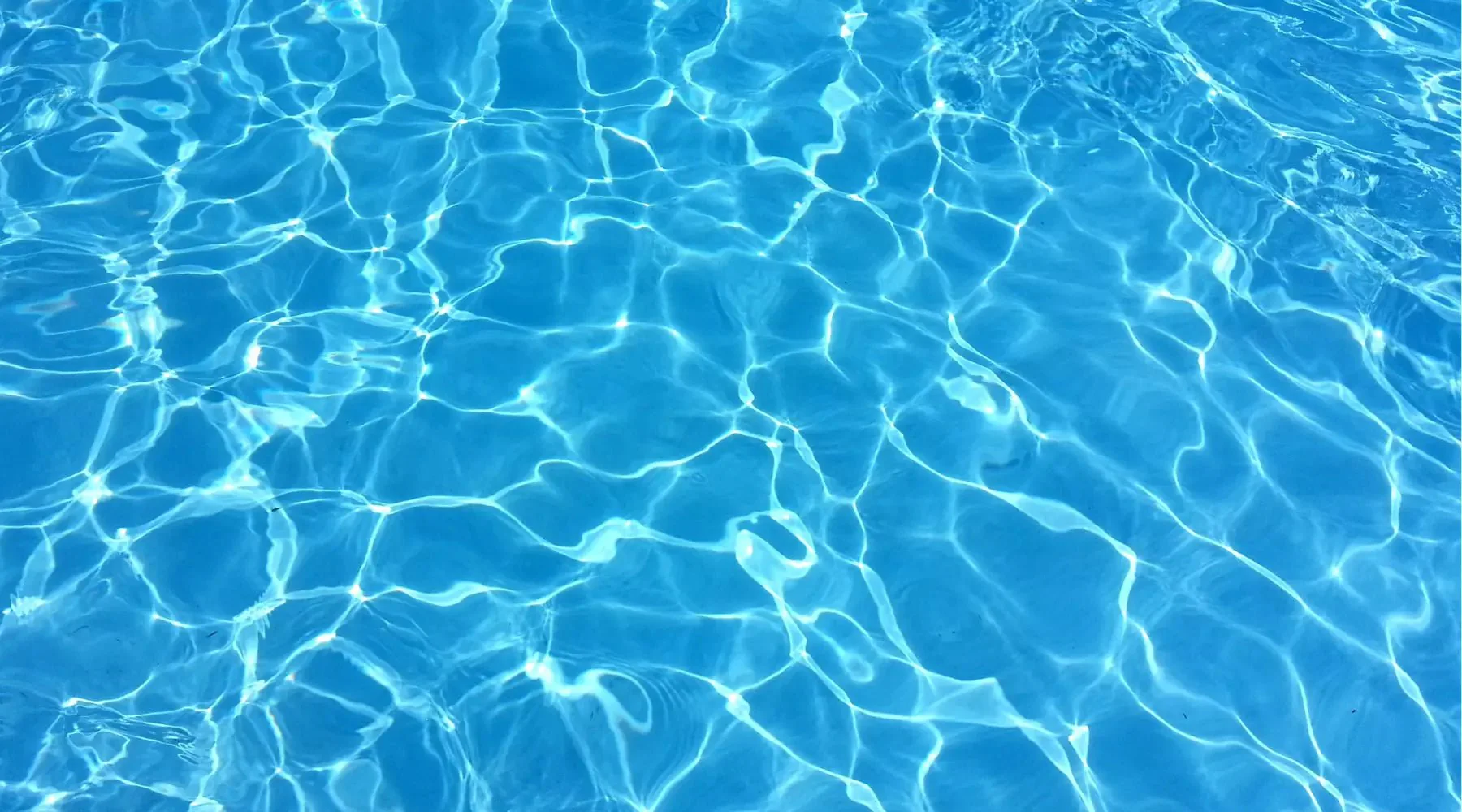I used to be convinced that I had “weak ankles”. It seemed like every time I went hiking, I would twist my left ankle, usually while hiking downhill. Sometimes, all it would take would be a bump on the sidewalk. It got to the point where I thought my left ankle might be made out of rubber. My right ankle, being my dominant side, didn’t seem quite as prone to rolling, but it wasn’t immune, either.
In 2017, during a time when I was doing quite a bit of hiking, I developed a Morton’s neuroma on my right forefoot between the 3rd and 4th toes. I went through the usual bevy of podiatrists, cortisone shots, and orthotics (thankfully stopping short of surgery), before some internet research eventually led me to try minimalist footwear. Over the next year, I started wearing shoes with flexible soles, minimal cushioning, wide toe boxes, and no heel elevation. Now, I’m not going to lie and say that this was an easy change, but in the long term, it was a game-changer. The neuroma went away, my feet are stronger and healthier, my posture has improved, and I can stand for longer periods of time. But that wasn’t all: about a year later, I was hiking along one of my usual routes through Patapsco Valley State Park, when it occurred to me that I hadn’t twisted an ankle in a really long time. I thought about it some more, and couldn’t even remember the last time it had happened. It seemed that minimalist footwear had also cured my “weak ankles”.
There’s a scientific explanation as to why this happened. Think about a simple lever. A lever has two parts: a beam, and a pivot point, or fulcrum. The longer the beam, the less force is required to apply torque to the fulcrum. If you think of your foot as a beam and your ankle as a fulcrum, it follows that the higher the ankle is elevated off the ground, the easier it is to torque or twist. Minimalist footwear eliminates heel elevation, so the ankle is closer to the ground, and more force is then needed to twist or sprain the ankle. Most conventional hiking boots have about an inch of heel elevation, and you wouldn’t think eliminating that would make a huge difference, but trust me — it does.
So… if you think you have weak ankles, try minimalist footwear. You might be surprised.
